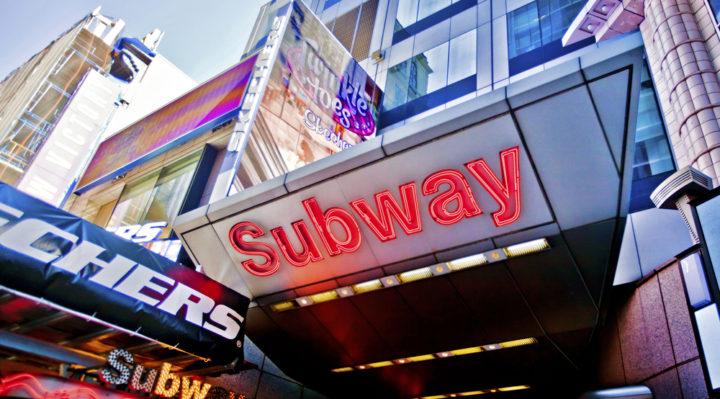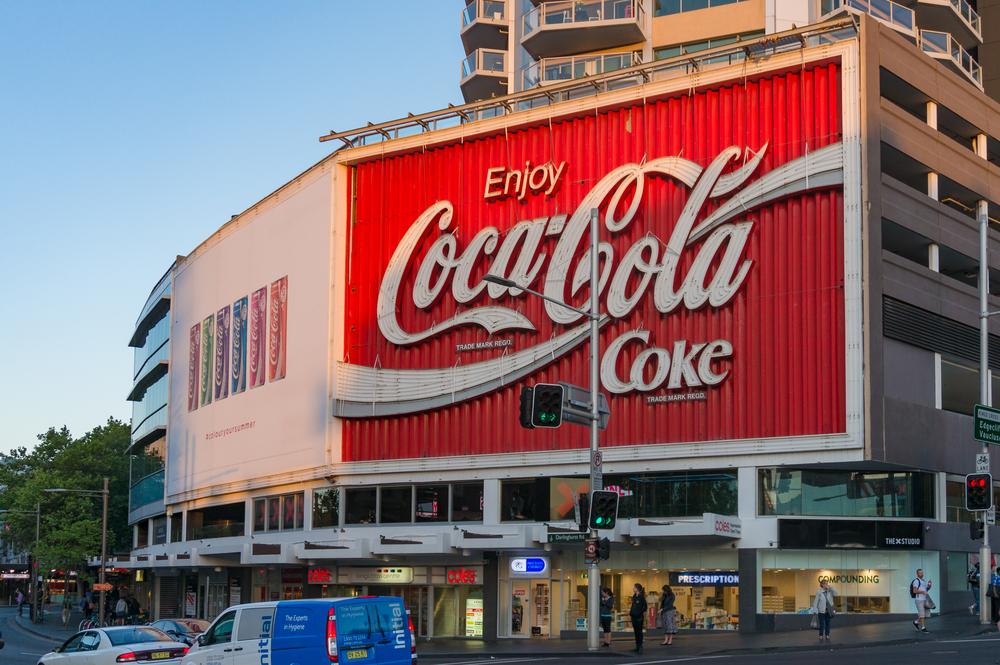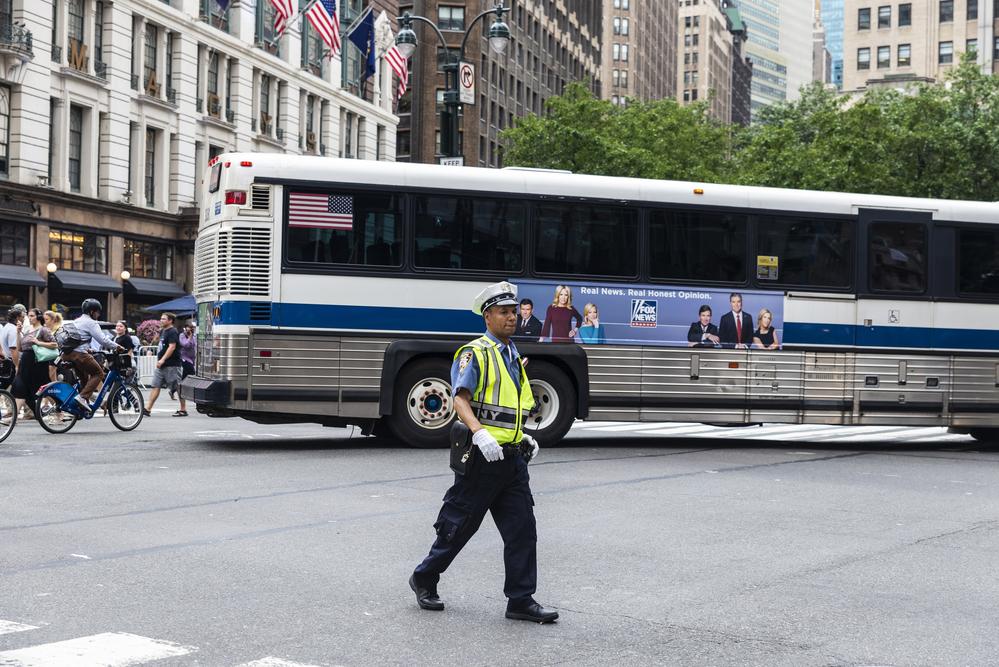When it comes to a tried-and-true advertising method, it’s hard to beat traditional Out Home Ads. Today we’re going to talk about Out of Home Ads in New York to elaborate a bit more on what precisely Out of Home Ads are and how it’s possible to be an exclusively visual medium.
Let’s get started with a bit of clarification on this classic form of advertising!

What are Out of Home Ads?
First off, let’s establish what ‘OOH’ ads encompass. It’s not so complicated, actually, so we’ll be brief. Most people think that OOHA’s simply consist of traditional billboards, but in reality, an out-of-home ad is any form of visual media that you see when you leave your home.
This includes signs (static or digital) on benches, airports, cinemas… you get the idea.
Now, with online ads, you can measure how many people clicked an ad, and with television shows, you’ve got ratings, so these seem easy… but how do you measure physical ads, especially somewhere with a dense population like NYC?
It’s a little more complicated, but it breaks down into four components.
Estimated your OOHA ‘audience.’
To determine how much coverage an out-of-home ad is receiving, you have to get a little creative in obtaining approximations and focusing them as sharply as you can. With Out of Home Ads in New York or in any location, this is determined with the following factors:
- Demographics
- Digital
- Impressions
- Visibility Research
Demographics
Demographics is mostly derived through census data and projected paths of travel to get a basic breakdown of which groups of people are likely to be seeing your ads. This gives you a rough idea of the age range, ethnicity, gender, and other datum of this type are in a particular area and likely to see your ad.
Digital
Digital is another good way to determine where your ad is going. It is accomplished by utilizing promotional codes, social media, links… anything that ‘tempts’ your audience to connect and thus verify that they definitely see your ad. Of course, not everyone will respond, but every added metric that you can determine helps narrow down the numbers.
Impressions
Impressions help to further determine Out of Home advertisement coverage by attempting to determine how many people will see an OOH Ad at any particular place and time. Examples include traffic data that can guess how often your ad has the potential of being seen, though this has been upgraded a bit. A non-profit company called Geopath wanted to get an idea of how many ads were being viewed.
To this effect, they found a way to modify how billboard views were determined by driving through the areas with special glasses on to assess how likely ads were actually viewed. This helped them to create a value that is most used today, known as VAI or ‘Visibility Audience Impact’ that is used with Out of Home advertising metrics today.
Visibility Research
Finally, to further sharpen up the statistics for Out of Home advertising, Visibility Research is added. This is just the ‘times’ when an OOHA is likely to be viewed. Examples include the time waiting in a subway or for a crosswalk light to change.
Conclusion
We hope you’ve enjoyed this breakdown of how Out of Home advertising is measured in NYC and beyond. While we know that the methods we have derived sound rough, you may be surprised at the results. We’ll close with a great example link where you can see some of the metrics derived for Out of Home Ads in New York:
Check it out, and you can see for yourself… the science is solid!

The most common forms of Out of Home advertising are traditional and digital billboards, curbside ads on infrastructure such as park benches and bus stops as well as vehicle wraps and ads on public transportation
Out of home advertising (OOH) is a form of advertising that consumer comes across outside of their residence.
Out of Home advertisiing is extremely effective and companies like AdQuick are able to measure its impact.
OOH is the most cost-effective way to reach a mass audience. At $3.38 -$8.65 per CPM, it is substantially cheaper than anything else and is competitive with radio advertising.
Total spending on out-of home advertising is about $29 billion worldwide and is used extensively by some of the most well known global brands including McDonalds, Apple, Amazon, HBO and Coca-Cola.
Outdoor advertising is also known as out-of-home advetising and is ads that reach a consumer outside of their home.
Out-of-Home (OOH) adverising allows advertisers to reach consumers where they are. It allows advertisers to engage with consumers while they are driving their car, taking a bus or out for a stroll.
Radio can be part of a multi-faceted plan and can work closely with outdoor advertising (OOH Ads). Keith Loria of BXP explains that “from pre-purchase to post, a marketing strategy that engages shoppers can create loyalty, evangelism and unparalleled connections”
Physical billboard costs average $750 to $1,500 per month in rural areas, $1,500 to $2,000 in small to midsize cities, and $14,000 and up in larger markets. Digital billboards can cost over $15,000, depending on the location
Outdoor Advertising is Accepted by Consumers. …
Outdoor Advertising Helps to Build Your Brand. …
Outdoor Advertisements Are Fully Customizable. …
Consumers Respond to Outdoor Advertisements. …
Outdoor Advertising Makes Effective Use of Your Marketing Budget. …
Outdoor Advertising Boosts Sales by Providing Maximum Exposure.
The monthly cost ranges from $750 to advertise in a small rural area to well over $20,000 for a digital billboard in a large metropolitan area. However, you can use a rotating billboard where you share space to save costs.
The monthly cost to advertise on a billboard in New York is $3000 to $20,000.
To advertise on the exterior of a bus you can expect to pay $350 to $2500 for a four week period. Interior has substantially less visibility and is priced at $40- $80 per four week period
According to Grasshopper, you can buy a billboard for between $650 and $2.4 million, then rent it out in six week increments
You can expect a 20% yield on your billboards so it is an excellent source of recurring revenue.
You can send a personal message to display on one of the digital billboards in times square. Excellent for proposals and announcements. Larger companies can contact the individual owners.
You can advertise on the New York City metrocard at prices starting from 25 cents per card.
Ads on the subway range from $500 for a poster on the platform in the outer boroughs to $50,000 per month to advertise throughout the system.



